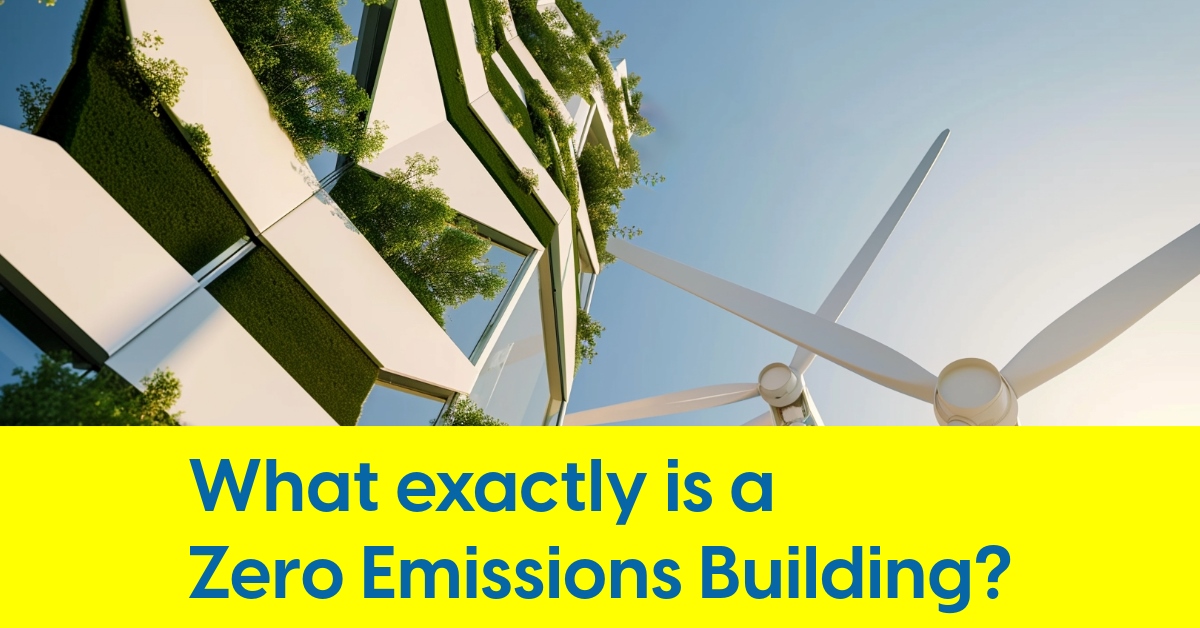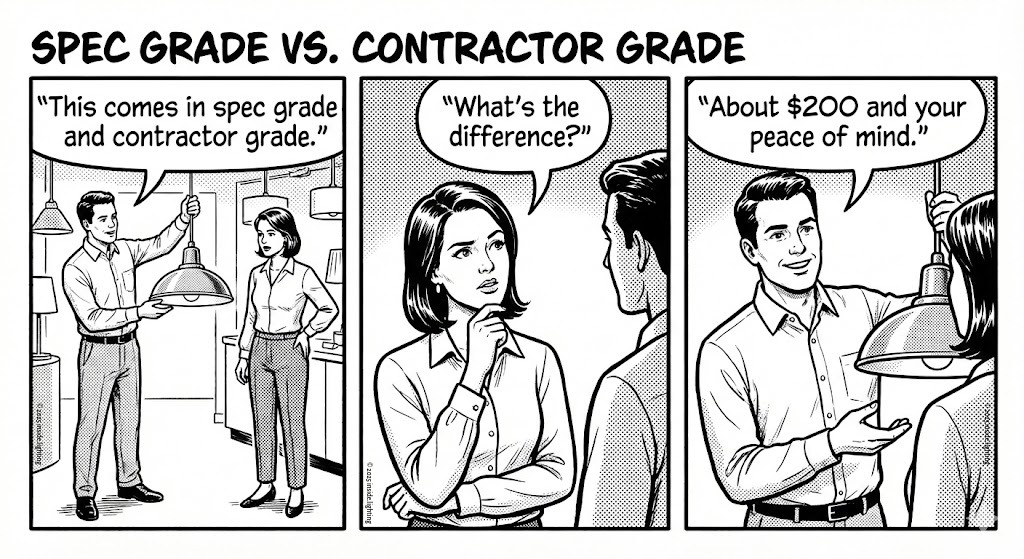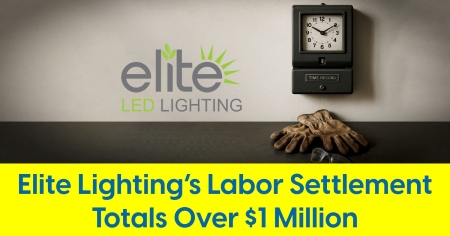January 4, 2024
What exactly is a Zero Emissions Building?

The U.S. Department of Energy is seeking to define it, driving a basis for standards and certifications
The U.S. Department of Energy (DOE) is seeking to establish a clear and consistent national standard for Zero Emissions Buildings. This initiative, launched publicly yesterday with a Request for Information (RFI), aims to gather insights from industry, academia, research laboratories, government agencies, and other stakeholders. The eventual Zero Emissions Building definition is expected to provide a clear market signal and a measurable target to guide the building sector toward achieving zero emissions.
The definition of a Zero Emissions Building can be a subject of differing opinions due to various interpretations and priorities. A couple areas of inconsistency within the Zero Emissions Building definition may include the treatment of embodied carbon and the source of energy (on-site vs. off-site renewable energy).
Embodied Carbon: Some may argue that the definition should include the embodied carbon in building materials, which refers to the carbon footprint associated with the manufacturing and transportation of building materials. This is an important aspect as it accounts for a significant portion of a building's lifetime emissions and will be addressed by the DOE in a future phase of this definition quest.
Source of Energy: The use of off-site renewable energy to compensate for on-site emissions can be a point of contention. While some may consider this approach as still contributing to the grid's overall emissions, others may argue that it allows for greater flexibility and cost-effectiveness in achieving zero emissions.
The Department of Energy's initiative to develop a National Definition for a Zero Emissions Building aims to address these contentions and create a standardized, measurable, and consistent basis for ZEBs. The DOE's focus on zero operating emissions in Part 1 of the definition is a step towards this goal, with future parts likely to address embodied carbon, refrigerants, and other key elements.
The DOE contends that the development of a broadly accepted common definition for a ZEB is crucial for the transition to zero emissions in the building sector. It will provide a clear market signal, a standardized basis for certifications, and a framework for designers and builders to influence the design and operation of buildings, ultimately reducing the building sector's emissions.
Part 1 of the definition will focus on zero operating emissions. Future parts of this definition will likely include embodied carbon, refrigerants, and other key elements. As is proposed currently, the definition of a zero operating emissions building is one that is:
- Highly energy efficient,
- Free of on-site emissions from energy use, and
- Powered solely from clean energy
Part 1 of the draft definition in full, which includes details on the criteria above, is available here: https://www.energy.gov/eere/buildings/national-definition-zero-emissions-building. This RFI aims to gather more extensive insights on the definition. DOE will consider responses to this RFI before finalizing version 1.00 of Part 1 of the National Definition for a Zero Emissions Building.
Responses to this RFI must be submitted electronically to https://forms.office.com/g/Y0Ss3UFdL3, no later than 5:00 pm (ET) on February 5, 2024. This is solely a request for information and not a Funding Opportunity Announcement (FOA). EERE is not accepting applications at this time.










